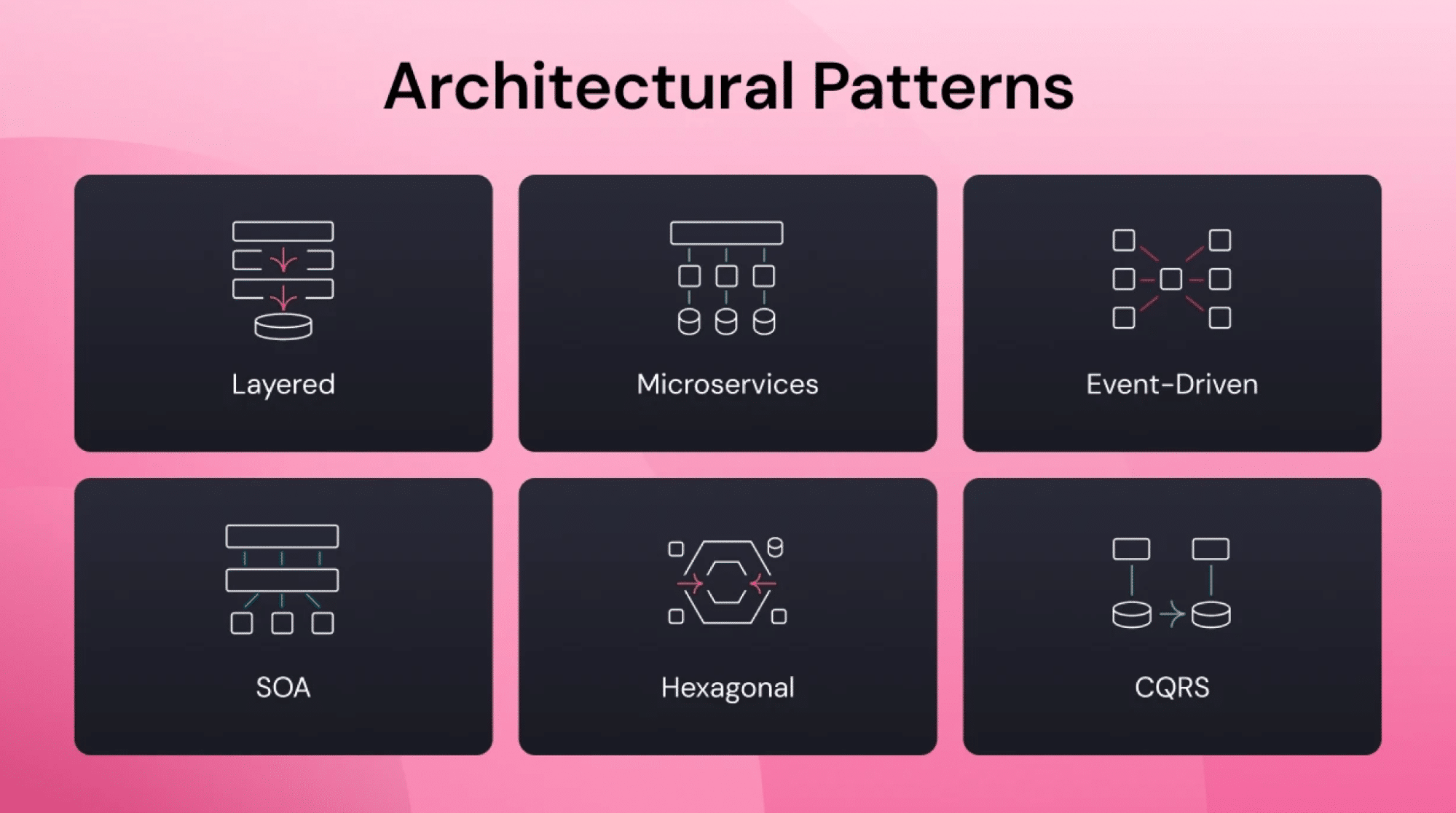All businesses that depend on modern technology are affected by technical debt. According to a recent McKinsey survey, 10% to 20% of business tech budgets reserved for new projects is redirected to resolve issues related to tech debt. Even worse, unchecked tech debt can lead to operational disruption, slow engineering velocity, and stunt innovation. In the past, the exact origins of tech debt within a system or application have been difficult to pinpoint. Architectural observability gives developers the visibility they need to manage and diminish tech debt.
Understanding Technical Debt
The evolution of software is inevitable. Software developers must implement updates to meet users’ needs for new features, improved performance, or increased safety. On top of these requests, software must also be updated to meet the demands of a changing technological environment. For instance, most legacy apps need to become more modular and refactor or re-architect to increase engineering velocity, scalability, and developer productivity.
In the most basic sense, technical debt occurs due to the pressure to release new features quickly, where sacrifices, workarounds and shortcuts cause a product to deviate from its original architecture and nonfunctional requirements.
These deviations cause technical debt to accumulate at both the code level and the architectural level.Unresolved technical debt results in hidden costs that are revealed later when an application becomes very expensive or impossible to fix. In the best-case scenario, it should be resolved during development instead of being deferred to future releases or after something goes wrong.
Understanding Architectural Observability
No IT system or software application is perfect, at least, not for long. They change over time,, can’t keep up with current demands, and sometimes, crash completely. To address and remediate problems, development teams need measurable insight into how a system is architected. Such data makes it possible to identify and diagnose deeper architectural issues quickly to make repairs and maintain customer satisfaction.
Observability is the ability to understand what is happening inside a system based on measurable data produced by that system. This data typically came from event logs, metrics, and traces. By tracking chronological events, quantitative measurements, and transactions completed through applications, analysts used this data to understand an app’s health and performance over time. The data was then applied to the business decision-making process. Architectural observability applies these same approaches to understand, observe, and fix software architecture.
Related: The Role of Observability in Continuous Refactoring
Applied observability allows businesses to plan proactively for improved decision-making. According to Gartner, by 2026, 70% of organizations that successfully apply observability will achieve rapid decision-making that improves their competitive edge for IT processes.
Architectural observability enables development teams to continuously refactor and modernize software without accumulating overwhelming technical debt. When architects can set a baseline to identify changes that affect software design, they can keep track of how architectures drift over time. With a better understanding of application architecture, architects can catch and fix architectural drift and tech debt issues early and often.
The Role of an Architect in Managing Technical Debt
As we’ve seen, every business that relies on technology has some level of technical debt. However, no single individual or department is fully responsible for technical debt. In most cases, technical debt simply results from the need to meet business demands and release software as quickly as possible. Ad hoc changes resulting in additional tech debt can occur due to unexpected events upon software release. If technical debt cannot be traced to a definite source, it may quickly slide down the list of priorities.
However, deferring technical debt will get expensive. Since architectural technical debt is a sub-optimal design that results in long-term costs related to the deterioration of standards and quality, it’s a trade-off in which architects accept the costs that will be accrued in the future. Yet, as technology evolves faster than ever, and the impact of these costs is recognized, efforts must be made to curb this process. With the right tools, architects can be in a position to address technical debt incrementally to manage it consistently.
3 Reasons It’s Time for Development Teams to Play a Vital Role in Tech Debt Management
Development teams alone can’t be held responsible for managing technical debt. It’s essential for stakeholders and other decision-makers to recognize the requirements for tech debt minimization and support efforts for continual management. However, changing trends reveal the reasons architects and software developers will play the most active role.
Application Modernization
As technology changes, old apps must be restructured to eliminate technical debt and integrate into the modern cloud-centric tech environment via application modernization. If such changes are not made, business applications would become outdated and completely non-functional. Unfortunately, technical debt makes this process exceedingly difficult.
Legacy apps typically feature a monolithic architecture in which the codebase is organized as a single unit. The single-unit architecture creates dependencies, where a single change creates ripples throughout the code, increasing technical debt.
Modernization begins by iteratively refactoring the structure to a cloud-native distributed microservices architecture. Ongoing modernization is introduced to update apps to the constantly evolving cloud environment. When application modernization is approached with the objective of reducing tech debt, architectural drift and other critical technical debt contributors are more likely to be avoided.
Heightened Regulations
Businesses are subject to certain industry and security regulations. To maintain compliance, the software and systems they use must meet modern security and reliability standards. In response to the increase in costly and dangerous cyberattacks, cybersecurity regulations are changing.
The National Cybersecurity Strategy, released in March 2023, sets new standards for the parties responsible for insecure software products and services. Pillar 3 of the strategy is dedicated to creating a more secure digital ecosystem through improved products. Objective 3.3 notes that “too many [software} vendors ignore best practices for secure development” and produce products with insecure default configurations or known vulnerabilities. The framework goes on to say that future legislation will require companies that make software to be held liable for the production of insecure software.
While these regulations haven’t been put into place, it’s clear they’ll be necessary to address the growing cybersecurity threat landscape. To achieve compliance, architects will need to integrate cybersecurity and the reduction of technical debt into software development.
Modern Tools
In the past, finding the source of technical debt has been challenging. As software code is continually modified and expanded, the app’s codebase becomes more complex and bloated. When these changes are implemented quickly, and without documentation, dead code, class entanglements, and dependencies are left behind. Without the ability to see the internal structure of an app and how it operates, designers don’t have the data they need to manage the architecture and make necessary changes.
Related: How Continuous Modernization Can Address Architectural Drift
Dealing with technical debt requires a data-driven approach. If software developers don’t have the data to understand their current software architecture and how it’s drifting and changing, they can’t manage it. Tools that use machine learning to measure technical debt allow architects to prioritize tasks based on relevance and importance.
With the ability to identify architectural drift events, developers can determine which coding issues affect the business and compare the cost of fixing the issue now to the potential costs of restructuring in the future. Modern observability tools help developers address issues associated with architectural drift and avoid increased technical debt.
How to Apply Architectural Observability to the Control of Tech Debt
The modern tech environment demands that development teams play a more active role in maintaining technical debt during the development and updates of applications. To effectively manage technical debt, architects need the right tools to measure the amount of effort that will be required to add new features to an app and the degree of disruption that adding new features will cause to existing ones. This information enables architects to prevent architectural drift by remediating architectural technical debt one fix at a time.
vFunction allows architects to set a baseline by which architectural drift can be recognized. You can then set thresholds and be alerted proactively to changes that are likely to result in technical debt. Once a fix has been applied, the manager can validate the fix and quantify improvements. Request a demo to learn more about how vFunction can help you use architectural observability to manage technical debt and enable successful application modernization.








